Paris is an inspiration for major cities around the world , having reduced car traffic in the central area (Ile de France) from a vehicle share of 12.8% in 2010 to 6% in 2020.
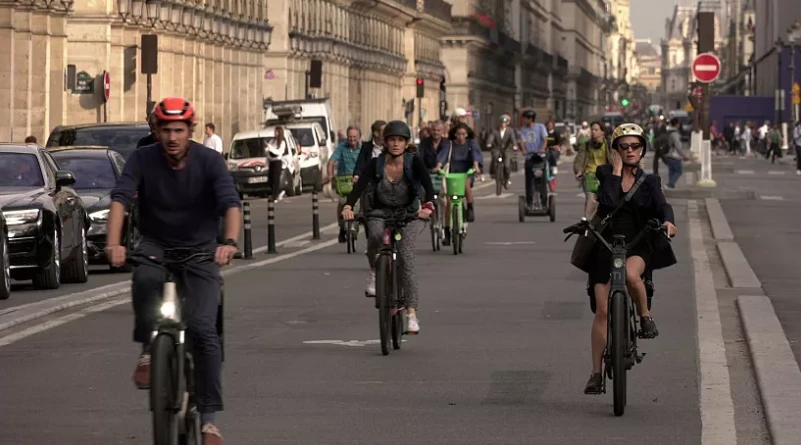
The city is densely packed and has one of the best metro systems in the world. But the most remarkable transformation has been the increase in cycling and walking over this period (up from 55.4% in 2010 to 68% in 2020).
Many programs at all three levels of government prioritize reducing traffic and parking to make way for bike lanes; taxing and restricting more polluting vehicles; advertising for cars must include messages promoting greener modes of transport and providing incentives for bicycle repairs and calibrations. The central area of Paris is built on the island of Ile de France, which limits the built-up area to about 60 square kilometers with a population of about 10-11 million. Since 2007, Paris has launched Vélib, one of the world's largest public bike-sharing programs.
In 2008, France began taxing the purchase of high-emission secondhand cars, based on CO2 emissions, engine power and first registration. In 2014, Anne Hidalgo was elected mayor of Paris, pledging to tackle the city’s notorious air pollution problem. Paris now boasts more than 1,300km of bike lanes, 500km of which were installed between 2014 and 2020. 30km of new lanes were added both in and around the city centre for the 2024 Summer Olympics.
Driving in Paris requires a lot of patience, says a spokesman for Deputy Mayor Emmanuel Grégoire. Cycling, on the other hand, is quick and safe, as increased lanes mean people don’t get lost in an “ocean of cars.” According to a recent study by the city’s planning agency, more Parisians now cycle through the center than drive. During his 2020 re-election campaign, Mayor A. Hidalgo announced plans for a “15-minute city,” where people can meet most, if not all, of their needs within a short walk or cycle from home. The city will eliminate 72% of on-street parking and make all streets bike-friendly.
The space created by removing on-street parking will be converted into bike lanes, green spaces, vegetable plots and playgrounds. All built on the Velo Plan, which promises that every street will have a bike lane, every bridge will have a bike lane and every resident will be able to walk or cycle to get everything they need. Paris's approach to the Olympics also emphasizes sustainability. For the first time, the Games will be held primarily in the inner city and its 26 regions.
“It’s a way to create playgrounds for everyone and to show that in times of climate change we can continue to host events in the city in a different way, because you can get to the venues by foot, by public transport and by bike,” the spokesperson said.
LAM DIEN
Source: https://www.sggp.org.vn/paris-tang-toc-chuyen-doi-giao-thong-ben-vung-post746480.html



![[Photo] Prime Minister Pham Minh Chinh chairs the Government's online conference with localities](https://vphoto.vietnam.vn/thumb/1200x675/vietnam/resource/IMAGE/2025/10/5/264793cfb4404c63a701d235ff43e1bd)


![[Photo] Prime Minister Pham Minh Chinh launched a peak emulation campaign to achieve achievements in celebration of the 14th National Party Congress](https://vphoto.vietnam.vn/thumb/1200x675/vietnam/resource/IMAGE/2025/10/5/8869ec5cdbc740f58fbf2ae73f065076)

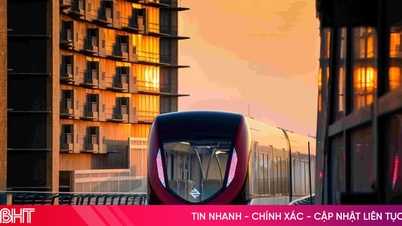






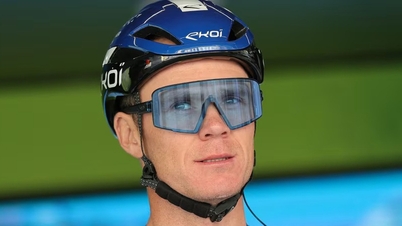



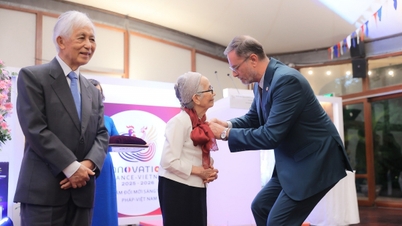

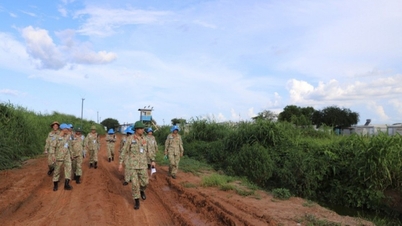

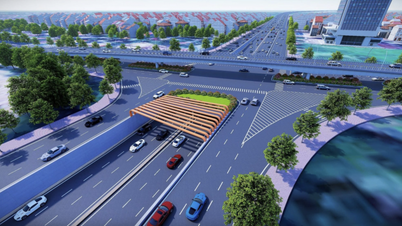
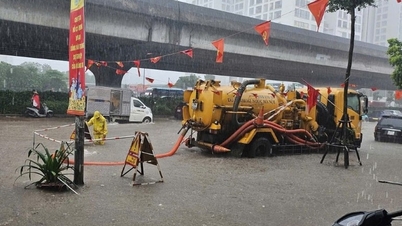
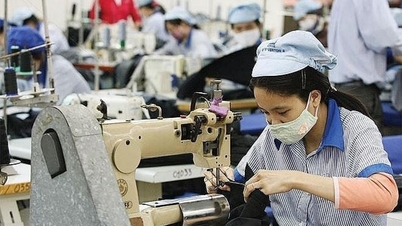





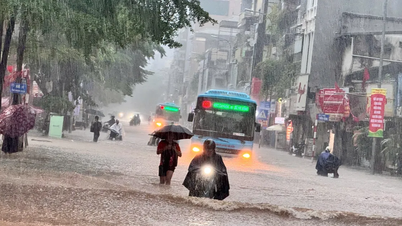

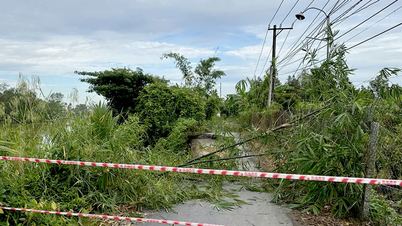
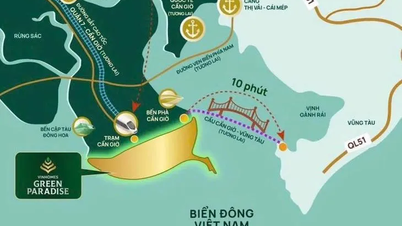
























![[VIDEO] Summary of Petrovietnam's 50th Anniversary Ceremony](https://vphoto.vietnam.vn/thumb/402x226/vietnam/resource/IMAGE/2025/10/4/abe133bdb8114793a16d4fe3e5bd0f12)

![[VIDEO] GENERAL SECRETARY TO LAM AWARDS PETROVIETNAM 8 GOLDEN WORDS: "PIONEER - EXCELLENT - SUSTAINABLE - GLOBAL"](https://vphoto.vietnam.vn/thumb/402x226/vietnam/resource/IMAGE/2025/7/23/c2fdb48863e846cfa9fb8e6ea9cf44e7)


















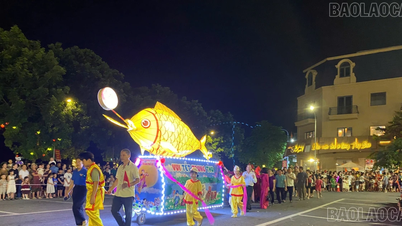















Comment (0)